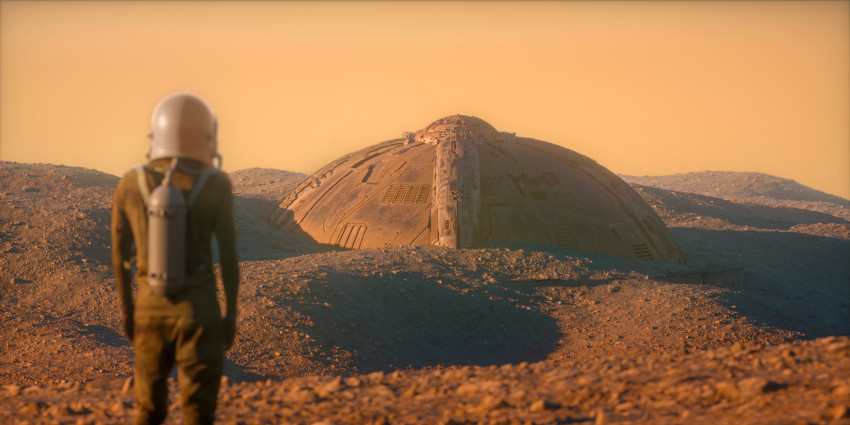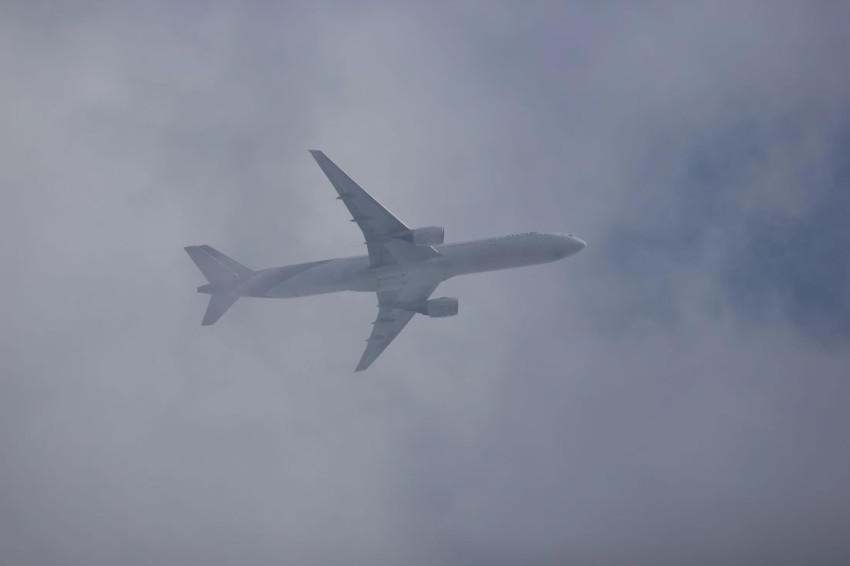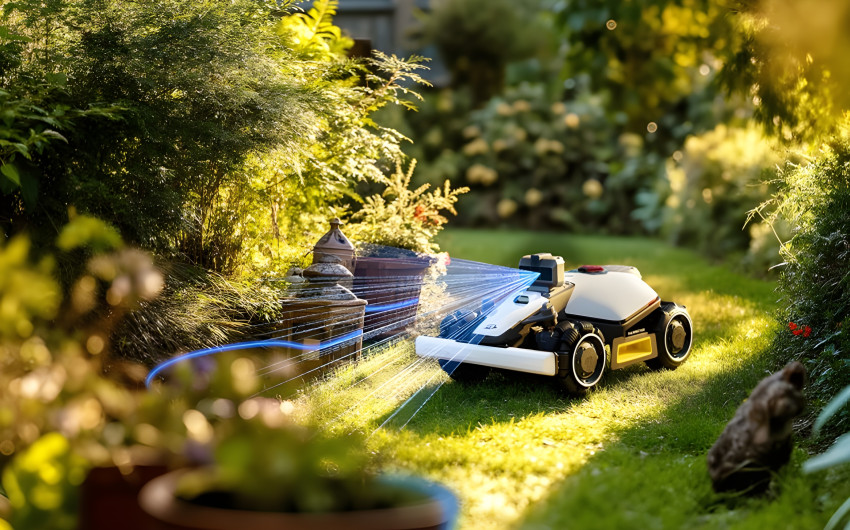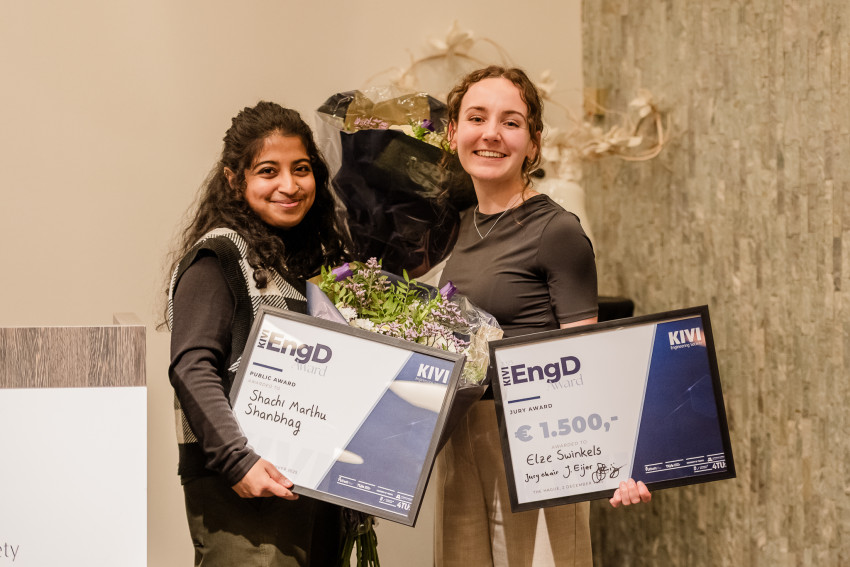
New needle reaches deep into the body
A needle developed at Delft University of Technology can move itself through tissue. This enables it to penetrate deep into the body and even make shallow bends.
The inspiration for the needle originates with ichneumon wasps. This insect has a long ovipositor for laying eggs in caterpillars that live in fruit or decayed wood. 'That needle is too long for the wasp to push it into the flesh of the fruit itself. And the needle is so thin that it does not contain any muscles,' explains Paul Breedveld from Delft University of Technology. Research at Wageningen University shows that the needle works on a purely mechanical basis and is able to move itself forward through the fruit autonomously, so there is no need for an external force to be applied to it. Breedveld and his colleagues have copied that mechanism.
RODS
The needle is made up of a number of segments. 'We built a copy comprising six separate rods.' To move the needle forward, one of the rods is pushed forward while the rest are held in place. 'Due to the friction between the five remaining rods and their surroundings, they remain in situ. You then fix the rod that has moved forward in place to four others and push a new rod forward. This is repeated until all rods have been shifted forward – and thus the entire needle.'
This mechanism requires two things: an actuator that powers each rod at the back of the needle, and a ring to fix the rods together as required. 'For this purpose we initially used very small metal rings made by hand. But this made the needle too thick. So we came up with a new system that does not require rings.' Breedveld doesn’t want to give away what that system is, as their discovery has yet to be published.
LIVER BIOPSY
Now it's clear that a needle can be made to mimic ichneumon wasps, Breedveld is looking at possible applications. 'Doctors need a system like this.' He mentions the example of taking a biopsy in the liver. 'Some parts of the liver are a long way from the skin.’ Or to penetrate veins. 'If you are off mark, it's handy if you can move the needle slightly. And ours can do that.'

The prototype of the needle is some 20cm long and 1mm wide, although thinner needles are being made. Breedveld thinks that the needle could be much longer. 'The force with which the needle fixes itself in place when moving forward grows commensurate to the length of the needle. However, for longer needles, more powerful actuators are required at the back end. But because these are located outside the body, that is basically not an issue.' And that makes it possible to penetrate the needle deep within the body, facilitating less invasive procedures.
MOSQUITO PROBOSCIS
The Bio-Inspired Technology Group at Delft University of Technology is looking to mimic other insects. 'The mosquito, for instance, is particularly interesting.' Breedveld would not be the first to copy a mosquito's proboscis: researchers at Ohio State University beat him to it.
If you found this article interesting, subscribe for free to our weekly newsletter!







